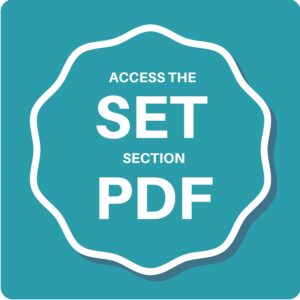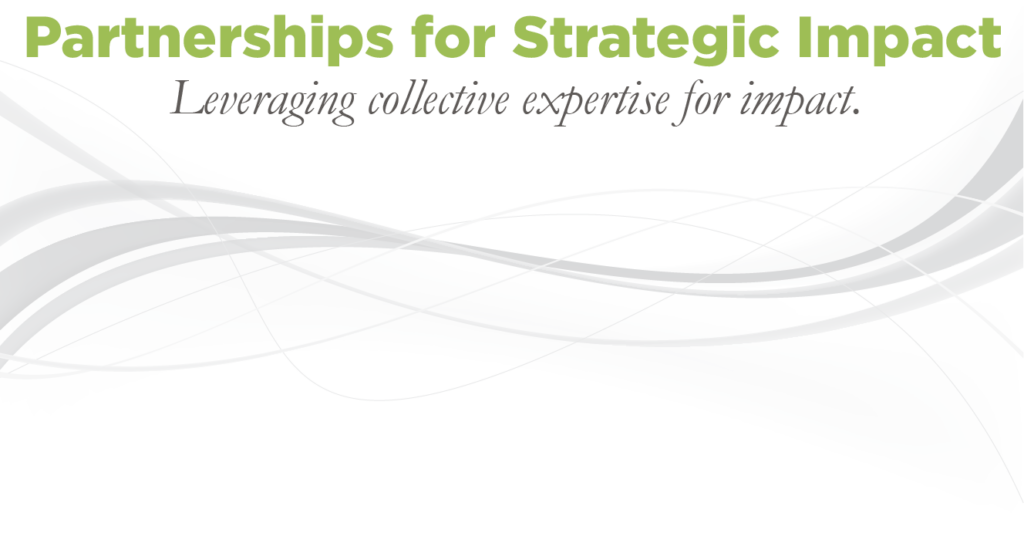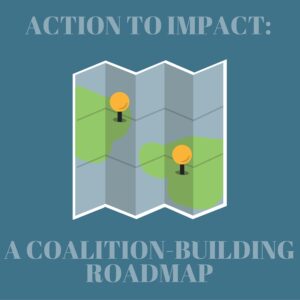 |
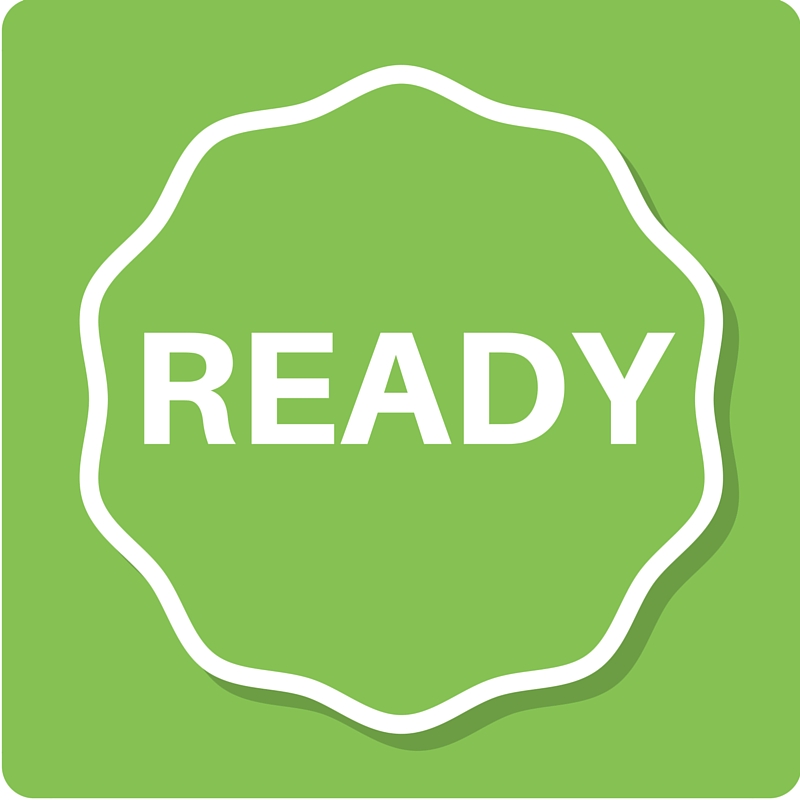 |
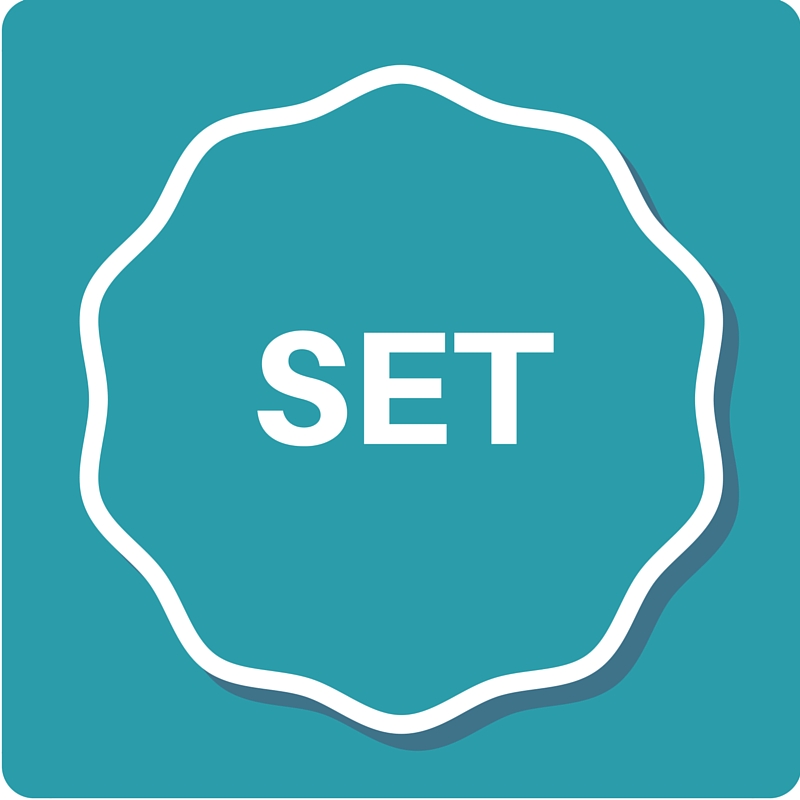 |
 |
 |
Once you are ready to build a coalition, what do you need to do to actually make it happen? There are key building blocks that coalitions need in order to find success. It is important to give due diligence to setting the stage so that your coalition can be effective and efficient.
Several questions addressed in this section include:
- How do you create a shared purpose and common goals?
- What are the essential structures, processes, and people that need to be in place to drive success?
- How do you develop a coalition that can demonstrate its value?
- How do you ensure the trust, accountability, and transparency required for coalition members to work effectively together?
The information in this section describes the essential building blocks coalitions need for success, including: how to frame the work of coalition, understanding what you want to achieve through focus on impact and practical advice on building a strategy, leadership structure and resource development.
Setting a Frame | Planning for Impact | Harnessing Resources
Setting a Frame
Just like individual organizations, agencies working together in coalition must define: a shared purpose, which includes identifying a community-level problem which the coalition seeks to impact, a common vision towards which the coalition is striving, a mission stating how the coalition plans to achieve that vision and specific, measurable, goals that specify how that mission will be achieved.
Agreement on the problem to be addressed, the vision, the mission and the goals inform both the strategic direction of the coalition and how impact will be measured. Together, these elements ultimately create the frame for what the coalition will do and what change will result (e.g. THEORY OF CHANGE or LOGIC MODELS which is discussed in PLANNING FOR IMPACT below). Strategic planning and impact measurement are guided by this frame; what you do (i.e. coalition activities and productivity) fits within this frame. Therefore, this is also where you can begin to develop a STRATEGIC IMPACT MAP®, a visual tool to help guide the overall work of your coalition.
- The coalition is formed to achieve a COMMUNITY-LEVEL IMPACT to reach a VISION for how the world could be better.
- To do this, the coalition implements a MISSION.
- To achieve this mission, the coalition will focus on attaining specific GOALS.
Whether you are a new or an existing coalition, it is important to prioritize establishing a frame. In some cases, coalitions set an initial frame early. However, it is possible to outgrow or lose track of a frame. The environment may also shift to require a revision of the frame.
Planning for Impact
When the rubber hits the road, it is all about impact. Everything the coalition sets out to do in their strategic plan, every hour spent in meetings, all the resources raised, assembled and created, all the relationships built and nurtured and all the efforts of every coalition partner are aimed at moving toward the specific vision by realizing IMPACT as outlined by the mission and goals.
Once your coalition has set the frame for what you intend to accomplish– you are ready to fill in what you are going to do to accomplish your goals and how you will measure your success at accomplishing those goals. There are several tools that coalitions can use to communicate this, all of which are described in this section of the Roadmap.
All too often, coalitions pull together data – and conceptualize goals – in response to a funding opportunity, when they are asked to show how they will use funding to make a funder-defined impact. In these cases, leadership usually cobbles together existing data that most closely approximates what the funder is looking for. We call this the Sea Shell Collage method of reporting impact: you look around and stick together the data you have into an Annual Report, brochure, news bite, etc.
A more effective and proactive approach is the Mosaic method of communicating impact – which starts with telling the overall story of what the coalition was brought together to accomplish. When the impact story is approached this way, you can use your data to tell the story of your organization and you are able to pull out relevant data to tell mini stories asked for by funders and other stakeholders.
- How to tell a data story: THEORIES OF CHANGE and LOGIC MODELS are often requested by funders and used by organizations and coalitions to conceptualize and articulate how they intend to reach their vision – how they plan to make an impact. STRATEGIC IMPACT MAPS®, a product of Partnerships for Strategic Impact™, weave together both Logic Models and Theories of Change into a single, coherent and powerful graphic. This graphic holistically communicates what an organization does, to what end and why it is important. All three models can be used to quickly describe different aspects of what you do and why. Logic Models and Strategic Impact Maps® should be used to guide data collection.
This section of the Roadmap provides a description of these three tools, as well as links to key resources for learning to build them. In different ways, and to different ends, these tools guide which data to collect to show impact. They are the bedrock of evaluation. Developing at least one is an important first step in articulating your story. Without such a tool you risk collecting too much data – or worse, the wrong data.
Harnessing Resources
Now that you have set your strategy and created a coordinated evaluation plan, a coalition seeking collective impact should commit to the following actions in order to launch and thrive: focus on governance, adopt systems leadership and plan for resources. This section of the Roadmap outlines key issues in developing each.

